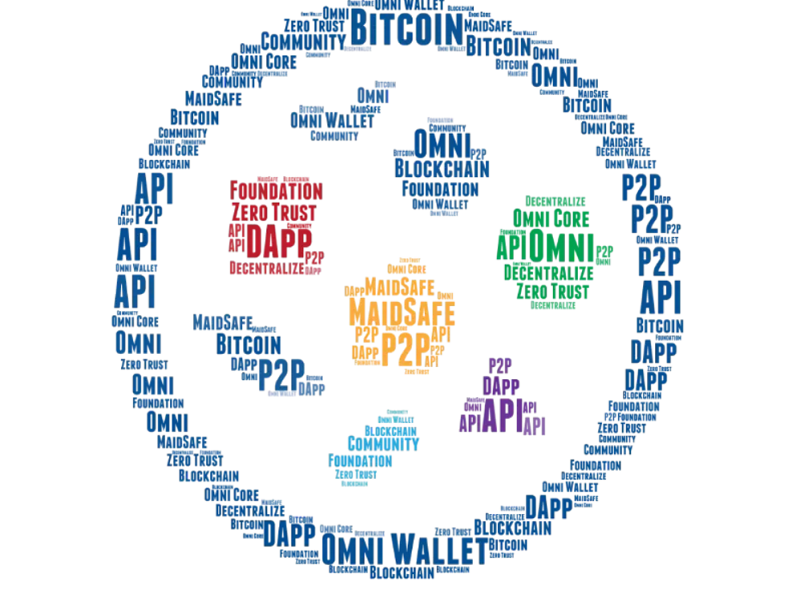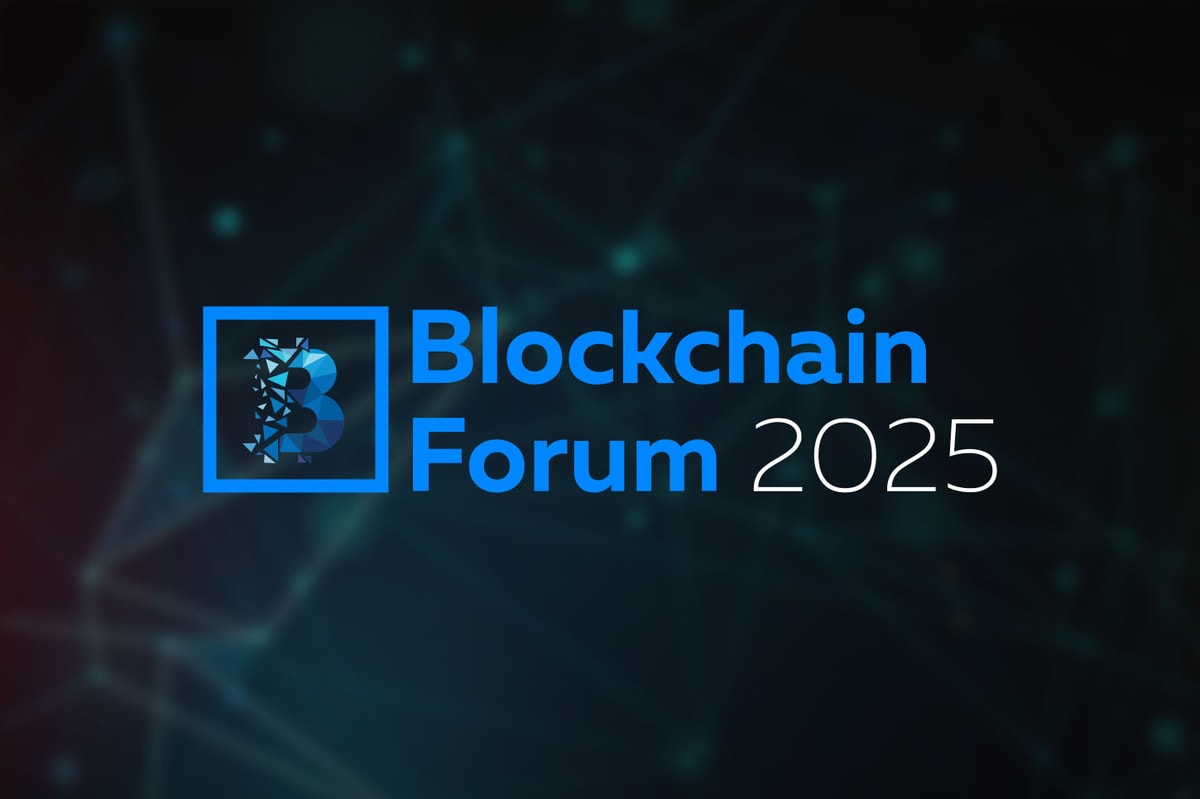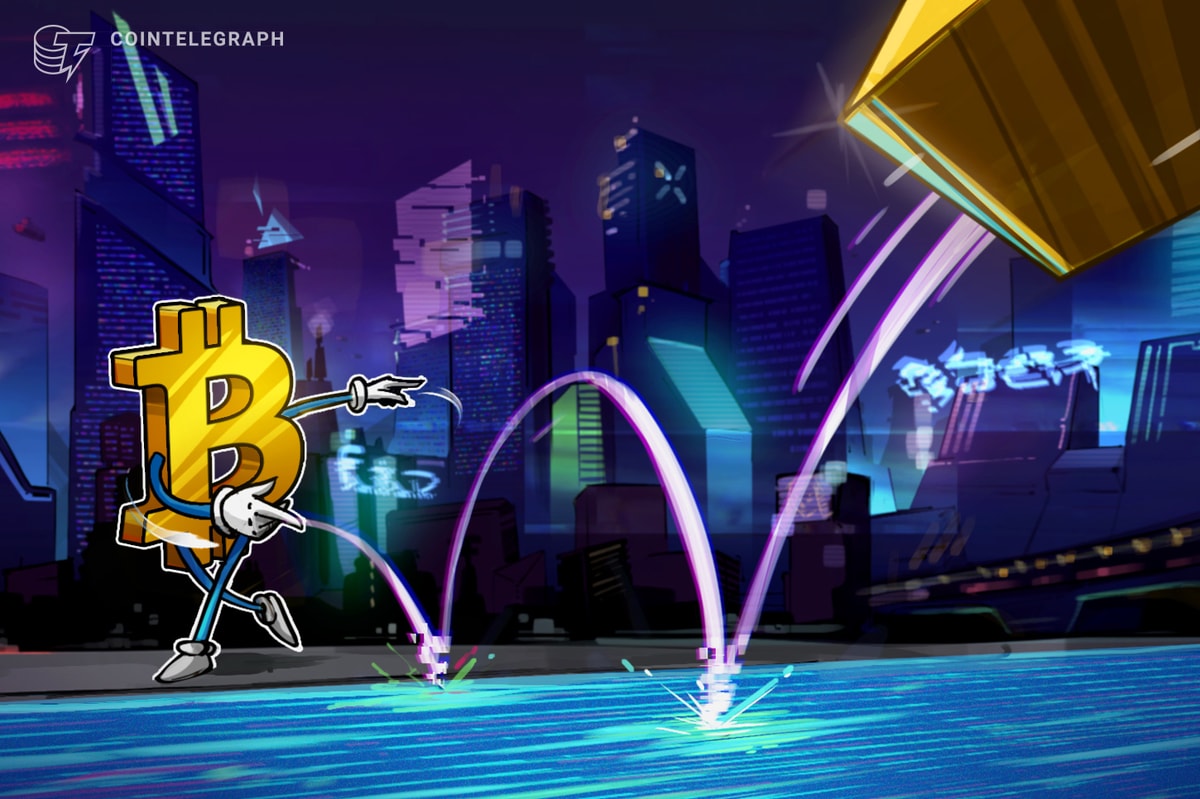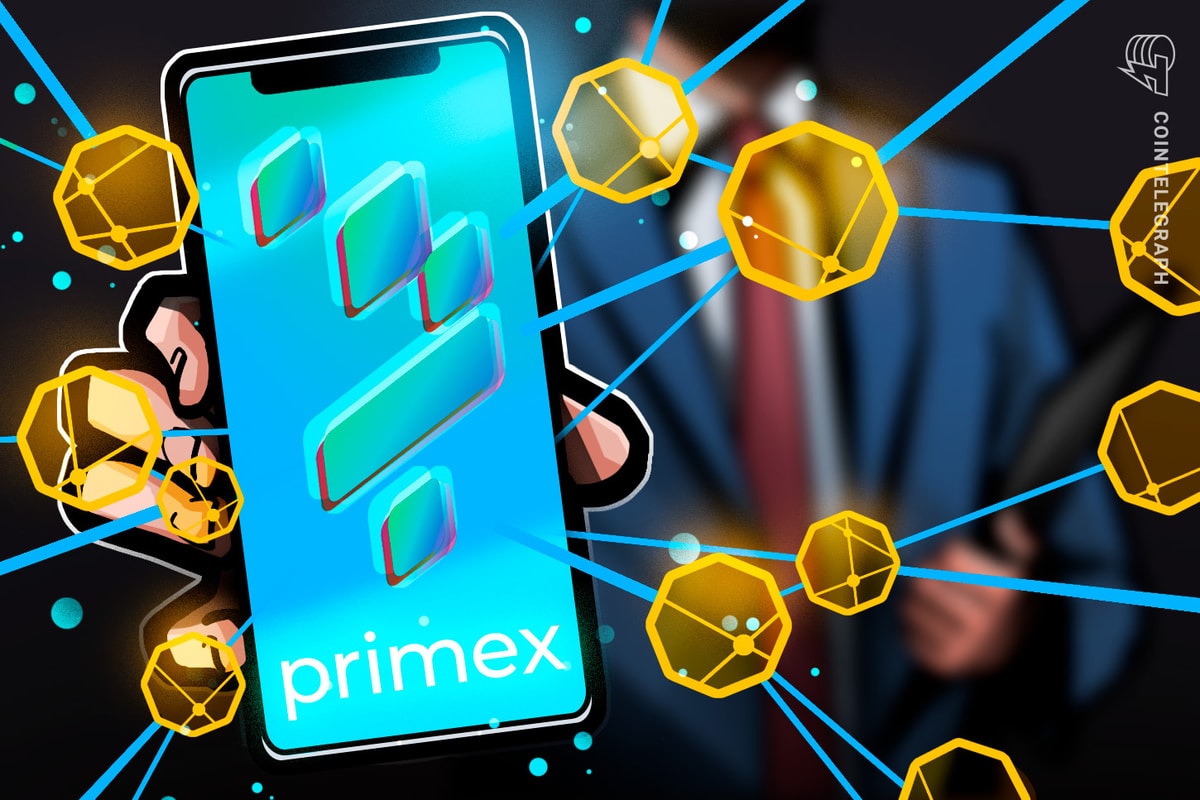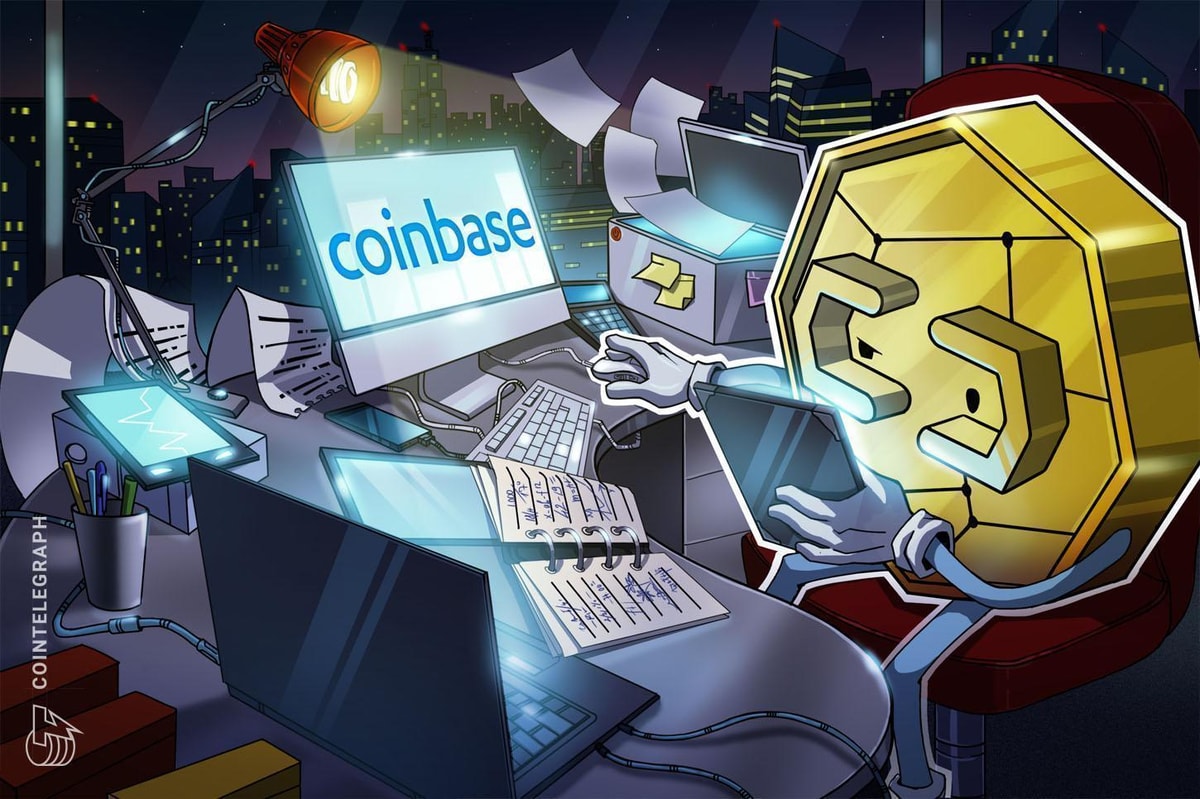Last week, the Omni Foundation announced the release of the OmniDex 1.0, a trustless cryptocurrency exchange. The Omni Foundation claims that their exchange is the first of its kind, bringing truly-decentralized trading through a platform that “has no human component.” The purpose of this exchange is secure and trustless trading; OmniDex wants people to be able to buy and sell without getting “Goxxed.”
Also read: Visa Is Looking for Blockchain Developers
OmniDex: Trustless Cryptocurrency Exchange
OmniDex users will be able to buy and sell six of the top 36 tokens built on the Omni protocol:
- Maidsafe
- Agoras Tokens
- Synereo
- Tether
- Omni
Omni Foundation board member Patrick Dugan sat down with us to discuss the Omni Foundation, the Omni protocol, and the new OmniDex 1.0 exchange.
 Tell us a little about the Omni Foundation.
Tell us a little about the Omni Foundation.
We were founded in late 2013 to house the capital raised in the first crowdsale over the Bitcoin blockchain, prior leadership made some mistakes, hiring too many people when we were flush, not hedging BTC value, lack of a proper technical roadmap for the first 8 months, so we didn’t deliver on our promises as fast as OMNI investors would have liked. For most of 2015 we slogged on with almost no funding, with the remaining leadership (Craig Sellars and I) paying things out of pocket to keep it going, but I got us recapitalized last October and now 30 months later we’ve delivered.
We are a non-profit organization incorporated in Delaware and Panama, chartered to fund development, provide market making liquidity and supporting entrepreneurs in frontier markets. We are currently sponsoring Alakanani Itireleng in Botswana, Chernow Sow and Mustapha Cole in Sierra Leone, and Phillip Asare in Ghana, because that’s how the rules work for foundations (5% of assets donated per year), because I like it, and because practically speaking, promoting this tech to System D, to the people who need it the most, is the best way to go.
What is the purpose of the Omni Protocol?
To create an asset layer over Bitcoin, enable trustless trade of those assets using automatic escrow logic, and ultimately deliver the world a financial system that can serve everyone.
Can you give us a basic overview of OmniDex?
Since 2014 we have supported trade of BTC directly for OMNI, formerly known as Mastercoin, which is the token that is the first asset on the layer and meant to be able to serve as collateral for smart contracts and transform into any pegged currency with a decent data feed behind its price. The way that worked, we had a multisig set-up, you’d reserve your OMNI to put up a sell offer, someone would come and send a transaction reserving some portion of that offer, and then after that confirms you’d have to send the BTC. After that 2nd transaction confirms, then the multisig would release the OMNI to the sender.
What we just activated last week is the next phase of the Dex, where OMNI can trade against some of the rad properties that have been issued over the layer in the past 2 years: MAID, AMP, TAU, Tether USD. About 55M USD worth of assets at this moment, that’s about to go up as we see the world’s first blockchain Real Estate assets out. We’ve improved how we do transactions, embedding data in the OP_Return codes that Bitcoin Core devs came up with as a compromise on the issue of blockchain bloat. Since all the assets are in the protocol, the logic about clearing limit orders to a buyer is more direct, it all happens in one transaction, with the enforcement of the rules embedded into how OmniCore nodes parse the Bitcoin blockchain.
Currently only OMNI can be traded against a given asset, and it’s all free to do except for tiny bitcoin miner fees which come with the territory of broadcasting on Bitcoin. In version 0.11 which we are pushing to release in April, we will have a very elegant fee system, where liquidity takers get .05% taken out of their order, and once the sum of fees for a given property is enough that everyone with at least 1 OMNI can get at least .00000001 of that property, it’ll show up on the addresses of all OMNI holders. There are about 605k OMNI, and that’s it forever, so .00605000 in fees, or every time an asset trades 12 units aprox, fees hit the OMNI holders. Putting up a limit order and getting it filled carries no fee. Then you could trade Tether USD against Tether EUR, or USD against MAID, or any combination you like. As a market maker, this exponential amount of combinations is a bit heady to update limit orders for and arbitrage any opportunities, but that’s why I taught myself how to program.
If OmniDex has no human component, how do glitches or bugs get resolved? Is there any kind of customer service provided by the Omni Foundation?
Yes, the game plan is to keep at least one developer and myself working on applications and compatibility with upstream merges as Bitcoin Core advances, in perpetuity. I profitably deploy automated trading systems, mostly arbitrage, to ensure that. Our core devs are also top-flight in thoroughness, they employ unit tests in code, regression tests for features, and we tested the Dex for months on testnet before we activated, sussed out a few bugs, made sure it could scale in terms of throughput, latency, mathematical consistency. This is how we proceed every time we add something significant. It’s also open-source software.
We also have some more folks working in other capacities that are taking feedback on usability and incorporating that into educational efforts, polishing up our web wallet (Omniwallet), and a lot of us have UX background so we take that seriously. We’ve given away a lot of unpaid consulting hours to help businesses use the protocol, and we’re always willing to listen to user concerns.
I saw that this release is OmniDex 1.0, implying that there will be more versions of the platform in the future. Are there already plans in the works for future versions, any features that weren’t able to make it into the 1.0 release?
 In addition to opening up the Dex to all combinations with the lowest fees in the space, for our next release, we’ve got two killer features in tow. We’re going to support using that extra 40 bytes of OP_Return space (Core devs recently raised the limit from 40 to 80) to allow individual tokens to have serial numbers that encoded sub_properties for applications such as supply chain tracking, quality control, embedded Know Your Customer data, and Internet of Things data flows.
In addition to opening up the Dex to all combinations with the lowest fees in the space, for our next release, we’ve got two killer features in tow. We’re going to support using that extra 40 bytes of OP_Return space (Core devs recently raised the limit from 40 to 80) to allow individual tokens to have serial numbers that encoded sub_properties for applications such as supply chain tracking, quality control, embedded Know Your Customer data, and Internet of Things data flows.
If you think that sounds broad in scope, for such a small docket of data, get a load of this: we’re going to have a Subscribe-to-Smart Contract transaction that allows for interoperability with proof-of-bond app-chain protocols such as Tendermint, Credits, Tau Chains and possibly even Ethereum. The transaction basically says: look for this message on blockchain XYZ, and when it turns up, then these transactions: [move some property, subscribe to another smart contract] become validated by the protocol. Then the application logic of these other protocols can smarten up properties over Bitcoin on Omni Layer, and we can have futures, options, cashflow contracts, commerce contracts, labor contracts, rental contracts, shipping letters of credit, lots of useful things trading over the layer. It also means agnostic of what works protocol-wise, we can provide the port for value movement over Bitcoin to work with smart contracts.
In v. 12 and beyond, we’d probably like to hard code at the protocol-level some of the better apps, such as dFutures contracts and dBanking.
Give me your elevator pitch for OmniDex, what is it going to do for the crypto-ecosystem?
 The pearl of these efforts is Decentralized Banking, which is basically when you take a native decentralized asset like BTC or OMNI, hedge it with a decentralized futures contract, and use that hedged collateral as the basis for the issuance of pegged currency. Say you buy 100 OMNI at $10 and sell the futures contract expiring in 1 week at $10.05, when that contract settles you’ll have earned half a percent while keeping the dollar value fixed. If you keep rolling the contract, that’s 26% annualized, which is in line with what we’ve seen with Bitfinex USD money markets or the futures premiums on Bitmex and OkCoin. I’m talking about fully decentralized, regulatory-capture-immune, high-yielding crypto-dollars, or crypto-Euros, or even a smaller currency like Venezuelan ‘Strong’ Bolivars if that’s what your expenses are in and you prefer to do business in that.
The pearl of these efforts is Decentralized Banking, which is basically when you take a native decentralized asset like BTC or OMNI, hedge it with a decentralized futures contract, and use that hedged collateral as the basis for the issuance of pegged currency. Say you buy 100 OMNI at $10 and sell the futures contract expiring in 1 week at $10.05, when that contract settles you’ll have earned half a percent while keeping the dollar value fixed. If you keep rolling the contract, that’s 26% annualized, which is in line with what we’ve seen with Bitfinex USD money markets or the futures premiums on Bitmex and OkCoin. I’m talking about fully decentralized, regulatory-capture-immune, high-yielding crypto-dollars, or crypto-Euros, or even a smaller currency like Venezuelan ‘Strong’ Bolivars if that’s what your expenses are in and you prefer to do business in that.
Step 1, people trade on the Dex because they’re afraid of getting Goxxed, or MF Globaled, or bailed-in, or capital controlled, and to save money on fees.
Step 2, people trade on the Dex for the cheap leverage that the dFutures provide. BTC/OMNI contracts become a particularly volatile game. A shelf of synthetic BTC issued as pegged currency emerges, becomes used as collateral for a BTC/USD contract.
Step 3, the massive liquidity in BTC futures gets ported onto the Dex via arbitrage, allowing for a torrent of decentralized USD yielding well to come into existence. Most people hold it as savings, some trade with it, others dip into using it for remittance and on-the-ground business.
Step 4, crowd funding regulations having opened the doors, securitized property comes onto the blockchain at a faster and faster clip. Saavy operators get wholesale bank financing against title and juice those offerings with the additional net interest income of getting double-digit yields in decentralized banking and paying the centralized bank single digits.
Step 5, global supply chains become viable with a lower barrier to entry in places like Sierra leone, where previously access to market, clean access to land title, and access to capital were not forthcoming. End-to-end, we start to see global trade move onto the blockchain. This data allows for more surety in the legacy system for lenders, and the next global boom cycle finds itself drawn not just to the efficiency/transparency of blockchains in general, but the radical percolative capacity of big-bad-decentralized blockchains to reach frontier markets.
Step 6, growth in Bitcoin transactions exceeds conservative expectations, price discovery for global commodities, especially gold, moves on chain and finds less room for manipulation, BTC as a commodity may rally with this but the total fees for miners will grow such that Bitcoin as a protocol becomes more sustainable without a massive price bubble.
Step 7, radical start-ups like Fuzo, whose BitSim product allows even feature phones to directly carry Omni Layer balances, enable this tech to reach rural people who have had no access to the broader economy. Capital flows, food grows, more people are happy and well fed than before.
Cryptocurrency traders have wanted a decentralized exchange that actually works for quite some time. While decentralized exchanges do exist, traders complain that many of them are slow, inefficient, and do not offer very good prices. Claiming to be the first of its kind, OmniDex has a chance to prove that decentralized exchanges can be as efficient as the more popular centralized platforms.
Furthermore, by removing the human element from most of its operation, the OmniDex could potentially eliminate trust at all levels of the transaction process, a lofty goal that crypto-enthusiasts have tried to achieve since the dawn of cryptocurrency. The exchange has a ways to go before proving itself capable of achieving these things, though, and the Omni Foundation is working full-force towards their goals.
What do you think about the OmniDex? Let us know in the comments below!
Images courtesy of the Omni Foundation, Shutterstock, The Democracy Network


